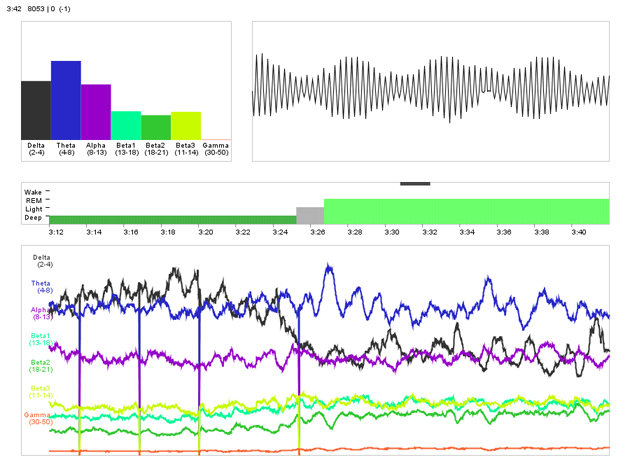I did answer, interpreting “stuff” both as information and materials in separate paragraphs! The thing is that I can’t give you any specific link. I’ve looked at the specification sheets for Ambu electrodes, manuals for nurses on ECG electrodes, an instructables page on third-world disposable electrodes using beer bottle caps, flour, and salt; various articles on ECG electrodes; and so on. I haven’t kept links to many, just picked up little bits of information, like the idea of roughening skin with a towel after washing forehead. Quite a bit of the stuff I say can’t be found anywhere (how to convert Ambu electrodes with the wrong connector, differences between types of surgical tape).
In other words, as far as I know there is NOWHERE on the Web you will find any information relating to Zeo which describes getting more than two nights from a set of electrodes, or how to extend their life, or just about anything on non-Zeo-branded disposable electrodes… Postings in this thread 160 (most detailed), 282, 320, and recent ones, are the only source I know of. There is quite a lot of information in various places on making Zeo-compatible long-life headbands with sensors (using the original Zeo transmitter, for which there is no replacement).
Perhaps I should claim 20 nights as the world record for duration of disposable electrodes with Zeo, beating the previous record of 2? I have no interest in being world champion, but this might provoke others in trying (probably successfully) to beat me!
Some of the links from my notes (unchecked, may not be useful) are:
Specification sheets on Ambu electrodes
Parker Labs instructions on application of Tensive.
Various Amazon and other reviews on Ambu electrodes, Tensive, and Hypafix, and other forum discussions on them.
http://web.archive.org/web/20120107073301/http://www.myzeo.com/sleep/node/594
(reviews and comments have useful detail)
http://www.amazon.co.uk/review/R292QCRZB0WQUC
http://cgi.ebay.co.uk/Ambu-Blue-Sensor-Electrode-ECG-monitoring-pk-50-/280412575528
I’ll try and answer anything you ask, but that’s pretty much a complete set of links relevant to electrodes from my notes.

